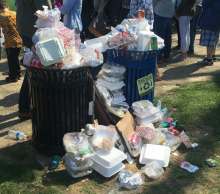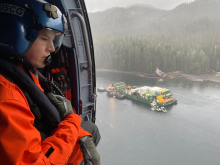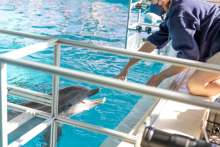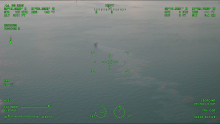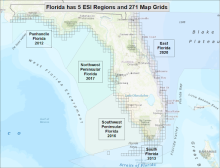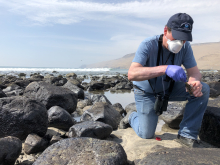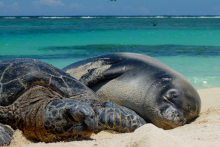National Aquarium Dolphins Take a Deep Breath on Camera for Oil Spill Science
alyssa.gray
Tue, 03/29/2022 - 13:52
Rachel Carson: Biologist, Writer, Role Model
alyssa.gray
Wed, 03/16/2022 - 16:00
Protecting Protected Species: Breaking Down How NOAA Helps Conserve Protected Species as Part of its Mission
alyssa.gray
Tue, 01/25/2022 - 22:41

